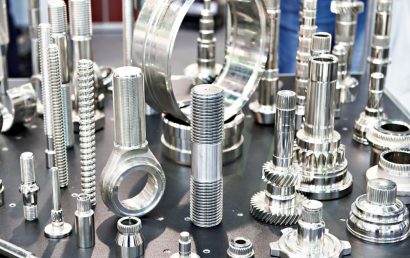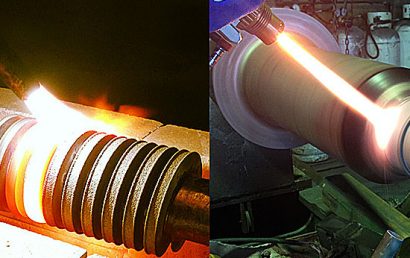Top Tips To Choosing A Thermal Spray Process in 2019
One of the smartest choices a company can make is the choice to use the thermal spray process on their parts, components, machinery, and various surfaces. But, one needs to choose their thermal spray process carefully! Several things need to be considered in order to make sure that an application’s requirements are met by the specific coating.
Let’s take a look at the thermal spray process, application methods, coatings, and how to choose appropriately for your business and the task at hand.
Consider This…
The right choice of appropriate spraying materials is of the utmost importance. Consider the following in order to make sure that your application requirements are being met by a particular coating.
1. The coating material’s…
- Process characteristics
- Properties
- Composition
2. The part’s (substrate’s) working conditions
Thermal Spray Methods
There are specific limitations and advantages to each method of thermal spray. Various results will be yielded by different spraying angles and various methods of the process of thermal spraying. As an example – when ceramic, alloy, and metal materials are sprayed using the HVOF process (high speed flame spraying), the coatings that are obtained exhibit low oxide content, high density, and high bonding strength. These are high-quality coatings. On the other hand, you are unable to spray oxide ceramics, which is a disadvantage. So is the high heat and the high operating cost.
This is why the specific needs of a company should be analyzed when selecting the correct process for thermal spraying. Let’s examine, separately:
- spray economy
- spray material type
- coating performance
Cost and Price
Depending on your choice, there might not be a lot of difference between the cost of various raw materials used for spraying. In the thermal spray process, however, the lowest process cost is arc spraying. The following characteristics are also true of arc spraying.
- It’s suitable for on-site construction.
- Has a high bonding strength between substrate and coating.
- Should be used if at all possible.
Spray Method And Material Type
- Use low pressure plasma spraying process or controlled atmosphere when spraying bio coating.
- For good comprehensive performance, the spraying process that can be used is high speed flame spraying. This is particularly applicable when spraying oxide coating.
- The plasma spraying process should be used when spraying ceramic materials – particularly when using certain oxynitride ceramic materials, carbide, or oxide ceramic materials.
- The arc spray process is preferred when spraying alloy or metal materials.
The Performance of Certain Coatings
Consider the following when choosing a coating:
- If a low void ratio and high bonding strength is required of the coating, for a cermet or metal coating, the HVOF (high speed flame) spraying process is recommended. For oxide ceramic coating, however, high-speed plasma spraying should be chosen. A low pressure plasma spray process can be used (or a controlled atmosphere) if the material being sprayed is an easily oxidizable cermet or metal.
- The plasma spraying process can be used if the component is critical or valuable with poor working conditions and high spraying performance.
- With a low cost and simple equipment, the oxygen acetylene flame spraying process can be used if the spraying material melting point is less than 2500°C, there are no special requirements for the use environment, and the spraying performance is not high.
For the best, most reliable thermal spray service, it’s hard to beat A&A Coatings. We’ve been making a huge difference in businesses’ bottom lines for decades. If you’d like to find out how to decrease your maintenance costs, lessen downtime, and improve your bottom line through the use of thermal spray coatings, contact us today. One of our knowledgeable representatives will be happy to speak with you.



